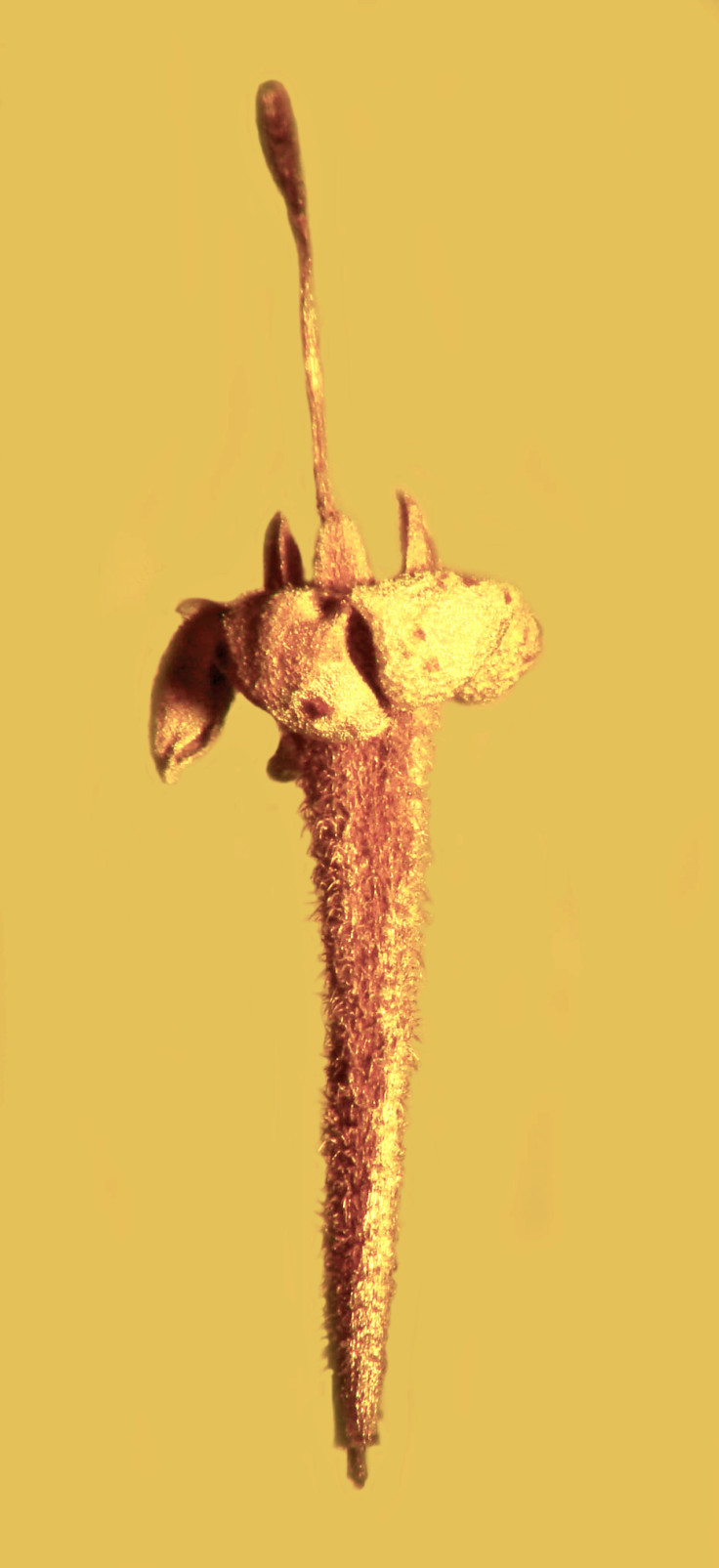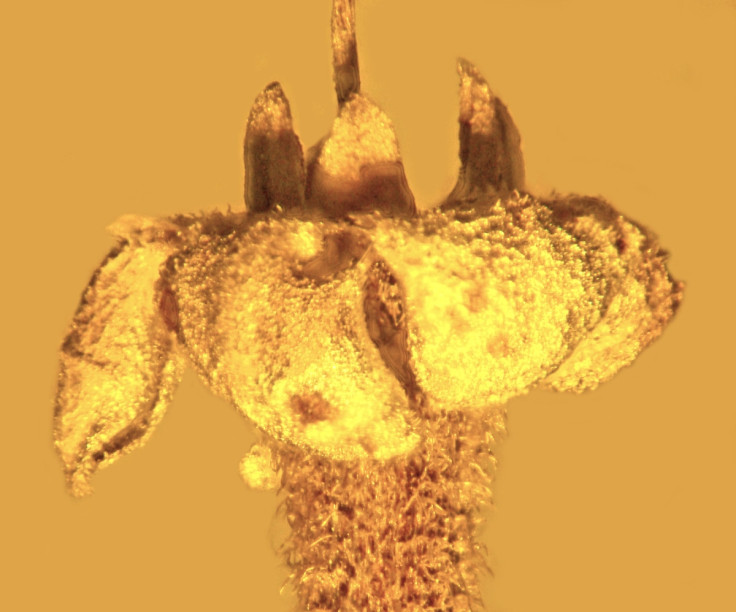Strychnos electri: Flower species from deadly genus discovered trapped in amber for 15 million years
A new species of flower has been identified, having been trapped in amber for at least 15 million years. The flower species, from the genus Strychnos, was discovered following fossil extraction from the Dominican Republic 30 years ago, but has only just been spotted.
The research, published in Nature Plants, describes the species Strychnos electri – named after the Greek word for amber. It is the first Neotropical flower species to be found encased in an amber shell.
"These flowers looked like they had just fallen from a tree," said George Poinar, who collected the specimen in 1986. As an entomologist, Poinar began analysing the insects encased in the amber after he collected it.

With over 500 fossils trapped in this specific case, he has been kept busy for those 30 years – and it was only recently when he noted this new species. He sent images to botany expert Lena Struwe from Rutgers University for closer inspection.
"I thought they might be Strychnos, and I sent them to Lena because I knew she was an expert in that genus," Poinar added.
It took just a couple of months for Struwe to confirm that this flower – made up of petals, with styles and stamens – was a member of the Strychnos genus. Strychnos plants are notoriously toxic to humans. As a natural toxin, humans came to use it for their own reasons, varying from in rat poison to blow-gun darts.
Strychnos has also become popular for entertainment too, featuring as the poison in the Norman Bates movie Psycho and a murder weapon in the Arthur Conan Doyle's Sherlock Holmes series. Scientists are trying to harness the poison for medicinal purposes, though. It is believed they could one day be used in the fight against parasites, including malaria and parasitic worms.
Struwe had to examine every single species of the toxic Strychnos before confirming the results.
"I looked at each specimen of New World species," said Struwe. "[I] photographed and measured it, and compared it to the photo George sent me. I asked myself, 'how do the hairs on the petals look?', 'where are the hairs situated?', and so on."
She came to the conclusion that S.electri was significantly different from any other species recorded, and named the flower herself.

She says that the species has a total length of less than 11mm – just under five times the average length of the common daisy.
"This fossil turned out to have particular significance for our understanding of the evolution of plants in the Caribbean and the New World tropics," said Struwe. "The discovery of this new species in a 30-year-old amber collection highlights that we still have many undiscovered species hidden away in natural history collections worldwide."
The researchers say that many more species of Strychnos may still be awaiting discovery, as their remains could have become fossilised from as early as the late Cretaceous period.
More about fossils trapped in amber
© Copyright IBTimes 2025. All rights reserved.






















